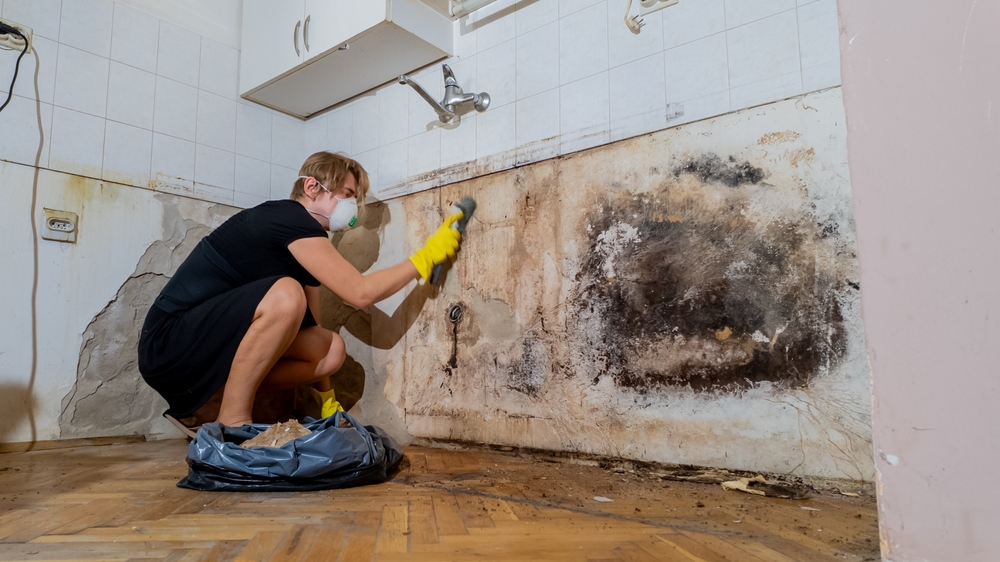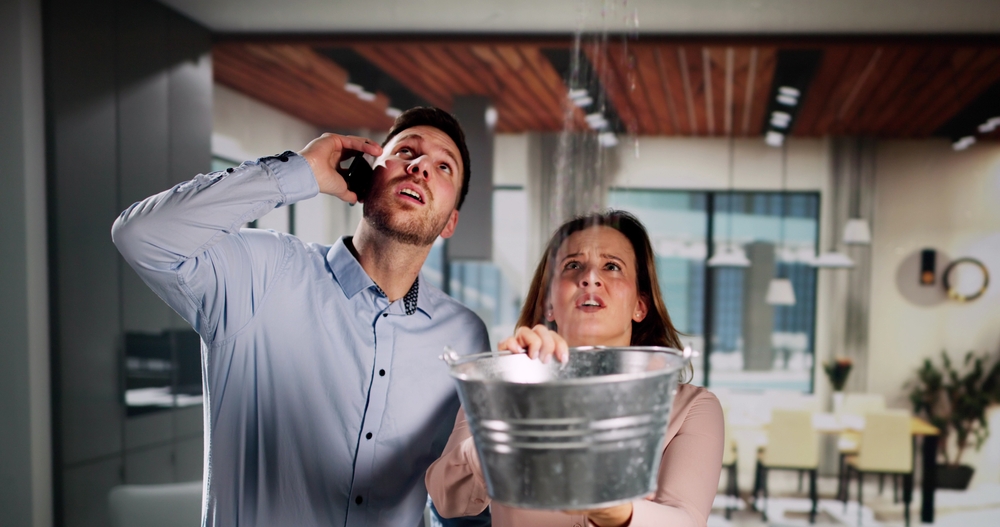If not quickly corrected, water damage can silently destroy your house and lead to long-term structural problems and health hazards. Early recognition of the symptoms is vital, particularly in hidden regions like ceilings and walls where damage may be found. Ignoring water damage can result in expensive repairs, mold development, and perhaps compromise of the safety of your house.
We will go over the signs of water damage and risks of water damage, the indicators to look for in your walls and ceilings, how to find the cause, and strategies to stop it from occurring going forward in this thorough guide. Knowing these indicators will help you avoid unanticipated costs and stress whether your role is that of a property manager, homeowner, or someone interested in house maintenance.
The Dangers of Water Damage
Water damage can seriously jeopardize your house and health, not only be a cosmetic issue.
- Structural Issues: Water gradually damages construction materials. Walls might warp, ceilings might slump, and wooden beams might decay. Unchecked, this damage may jeopardize the structural integrity of your house, causing possible collapses or expensive upgrades.
- Health Risks: Damp conditions foster mildew and mold development. Particularly for people with asthma or compromised immune systems, mold emits spores that can aggravate respiratory problems, allergies, and other health issues.
- Financial Costs: Longer neglect of water damage increases its cost of repair. Little problems like a minor leak can turn into major concerns including structural repairs or thorough mold removal.
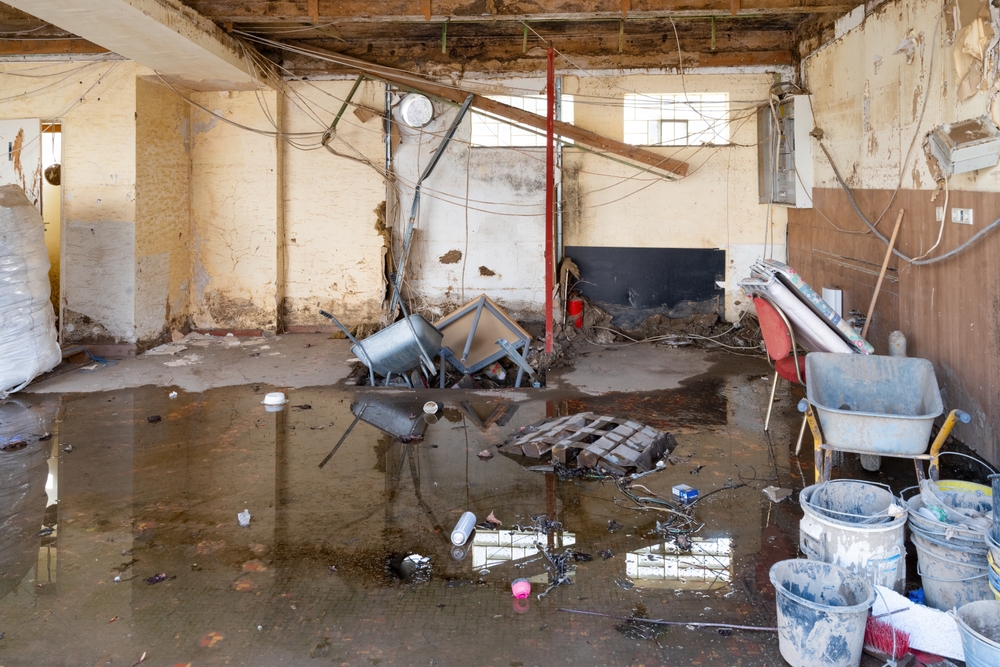
Common Causes of Water Damage
Knowing the reasons of water damage allows you to remain alert. Several typical offenders include:
- Leaky pipes: Usually the primary sources of water damage within walls are leaking pipes or loose connections.
- Roof leaks: Roof leaks can come from missing shingles, blocked gutters, or faulty flashing letting water pass through your ceiling.
- Flooding: Storm water runoff or heavy rain can flood basements and compromise lower walls.
- Clogged gutters: Clogged gutters drive water toward your foundation and walls.
- Faulty appliances: Quick water damage can come from malfunctioning dishwashers, water heaters, and washing machines.
Knowing the hazards, let’s concentrate on the indicators of water damage you should not overlook.
Signs of Water Damage in Walls and Ceilings
From obvious stains to minute warning signals, water damage can show itself in many forms. Early recognition of water damage signs helps you solve the issue before it becomes worse.
Visible Signs of Water Damage
One can easily find certain indicators of water damage:
- Water stains or discoloration: Common indications are yellow, brown, or black stains or discoloration on your walls and ceilings. If the water source isn’t rectified, these stains sometimes spread out over time.
- Peeling paint or wallpaper: Water trapped under the surface drives paint or wallpaper away from the wall, causing it to bubble and peel.
- Blistering paint: On painted surfaces, blisters or bubbles point to moisture accumulation beneath.
- Mold or mildew growth: Dark green, black, or white patches indicate a mold outbreak brought on by too much moisture.
- Warped drywall or wood: Walls appear uneven or bulging as drywall absorbs water expands and deforms. Under extended dampness, wood can also deform or split.
Less Obvious Signs of Water Damage
Not every indication of water damage shows right away. Consider these more subdued hints:
- Musty odors: Trapped moisture or hidden mold development typically causes a continual damp or earthy scent in some parts of your house.
- Increased energy bills: Wet insulation loses efficiency, hence your heating or cooling system must work harder, increasing energy consumption.
- Structural damage: Structural damage in walls, ceilings, or flooring could point to long-term water problems compromising the foundation of your house.
- Pest activity: Damp conditions draw termites, ants, and rats among other pests. Should you observe more bug activity, your walls or ceilings may be damaged from water.
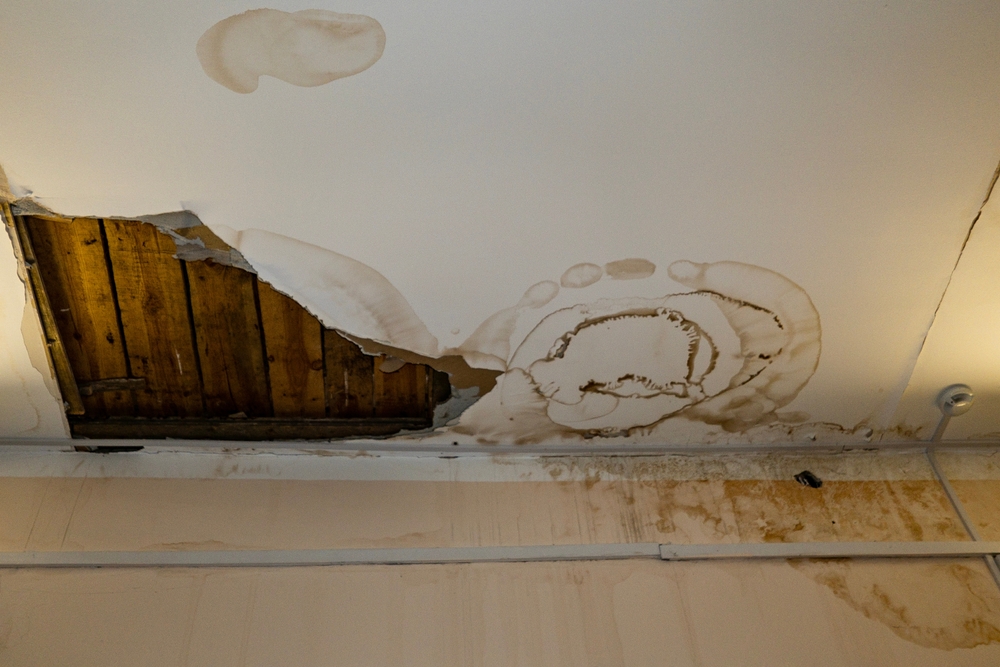
How to Identify the Source of Water Damage
Finding the indicators of water damage marks only half of the fight. To really solve the issue, you must find the source. These are the steps:
1. Conduct a Visual Inspection
Check first places most likely to show water damage:
- Leaky pipes: Check under toilets, under sinks, and next to equipment like washing machines. Search for drips, puddles, or rust.
- Roof leaks: Look in the attic for water stains, moist insulation, or sunlight blinkering through roof cracks.
- Gutters and downspouts: Make sure gutters free-flowing and clean help to direct water away from the foundation of your house.
2. Use a Moisture Meter
An easy instrument for tracking wall and ceiling moisture levels is a moisture meter. It enables you to identify trouble areas by helping you find concealed moist spots invisible with the unaided eye.
3. Seek Professional Help
See a water damage restoration expert if you cannot locate the cause or suspect significant damage. They evaluate the whole degree of the issue and find leaks using cutting-edge instruments including infrared cameras.
Preventing Water Damage
Usually both cheaper and better is prevention than repair. Being proactive will save you money over time and help your house remain free from water damage.
1. Conduct Regular Inspections
- At least twice a year, look over your house for leaks or water damage.
- Watch especially high-risk areas such basements, attics, and near appliances.
- Look for water intrusion in your roof, walls, and ceilings following a lot of rain or storms.
2. Maintain Your Plumbing System
- Right away fix connections, pipes, and leaking faucets.
- In cooler months, insulate pipes to stop freezing and bursting.
- Plan frequent plumbing calls to find possible problems early on.
3. Care for Your Roof and Gutters
- Regular gutter and downspout cleaning guarantees appropriate water flow.
- Replace damaged or missing shingles right away.
- Install gutter guards to help to control trash accumulation.
4. Monitor Your Appliances
- Search dishwasher connectors and washing machine hoses for leaks or wear.
- Before old appliances or hoses break, replace them.
- Arrange appliances on leak detecting mats to warn you of water leaks.
5. Waterproof Problem Areas
- Maybe waterproofing your basement will help to stop floods.
- Seal foundations, doors, and windows’ cracks or gaps.
- In high-moisture spaces like kitchens and bathrooms, use water-resistant paints and materials.
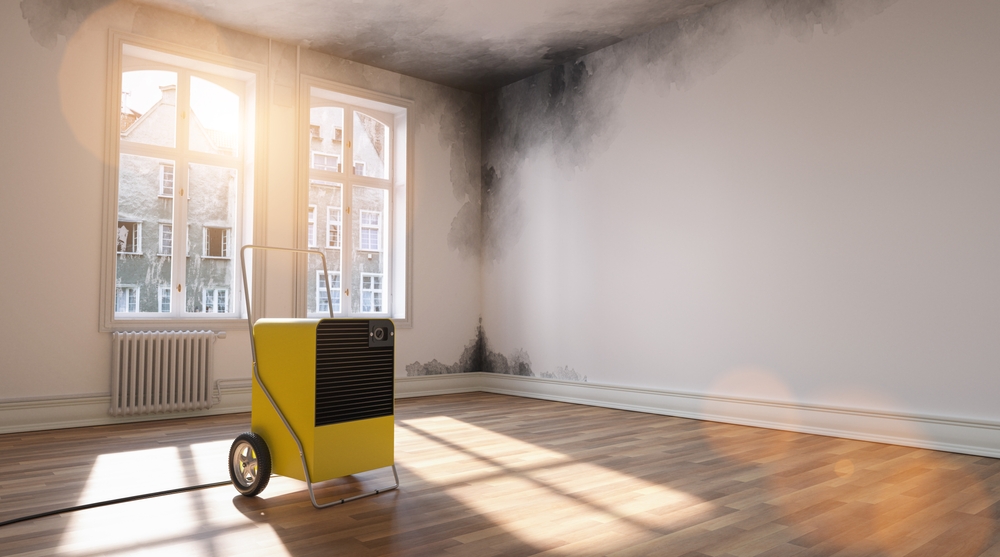
Why Prompt Action is Essential
Ignoring water damage, even small indicators, can have major effects:
- Structural weakening: Extended water damage compromises the integrity of flooring, ceilings, and walls.
- Health hazards: Health Fast spreading mold spores aggravate allergies, asthma, and other respiratory problems.
- Escalating costs: A minor leak neglected can become a large repair project.
Conclusion
An urgent problem involving water damage in walls and ceilings calls for quick treatment. Knowing these signals—from obvious symptoms like water stains and peeling paint to more subdued signals like musty smells and higher energy bills—can save you time, money, and stress.
Regular inspections help you to safeguard your house and prevent expensive repairs by keeping your plumbing and roof in good condition and by acting fast when you see damage. See a professional for help if you’re not sure where or how much water damage exists.
Recall that early identification and quick response are the secrets to control water damage. Keep your house safe, dry, and free of water damage by being alert and aggressive. Don’t wait; start today to guarantee the future of your house!
Philadelphia Restoration Services
https://www.google.com/maps?cid=3399342399556699153
+1 267 668 0013
https://philadelphiarestorationservices.com/

